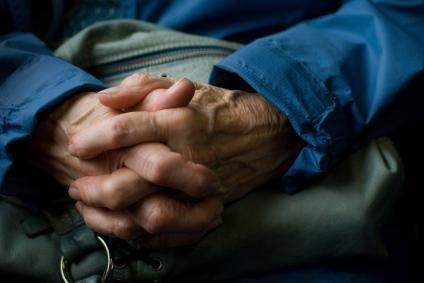
Why Are Heart Failure Patients More Likely to Discharge from Hospice Alive?
Medicare pays 100% for hospice if patients have a life expectancy of six months or less and they are not pursuing a cure. It is usually the case that hospice patients have already tried every cure with a reasonable chance of success, or they have chosen quality of life over the rigors associated with aggressive medical treatment. It is expected that a patient would be receiving home hospice care when he or she dies. However, some patients discharge from hospice alive. What’s more, live discharge is a growing trend, and regulators have been scrutinizing this change.
Is Live Discharge from Hospice Good or Bad?
Whether live discharge from hospice is a positive outcome depends on the individual circumstances. Some patients regain their strength under hospice’s palliative care and no longer meet the guidelines of someone who is likely to die in six months. This sort of live discharge is generally considered a good thing and may be a source of hope for patients entering hospice.
On the other hand, some patients discharge from hospice alive because they do not have a do-not-resuscitate order or choose to be resuscitated during a healthcare event. As a group, hospice patients who choose to be resuscitated (or full-code hospice patients), do not live longer than other live discharges. For this reason, health care professionals are not sure these live discharges are completely a good thing. Generally, transitions between care settings in the last weeks of life are considered a sign of suboptimal end-of-life care. In the end, they often lead to aggressive care such as endotracheal tubes and feeding tubes as well as increased risk of dying in a hospital instead of in the comfort of home.
Heart Failure Patients Are More Likely to Discharge from Hospice Alive
While live discharge is becoming more frequent in hospice in general, heart failure leads this trend. A recent study found that three out of ten hospice patients with heart failure discharge alive. This is a higher rate than any other diagnosis.
Why is Heart Failure More Prone to Live Discharge from Hospice?
David Russell, PhD of Appalachian State University, and colleagues recently studied this question. Their results are published in the Journal of the American College of Cardiology. They found that the number one reason for live discharge among heart failure patients in hospice is 911 calls. People have a sudden change in health condition, call 911, and this results in a hospitalization and treatment that disqualifies them from hospice. Indeed, heart failure is more prone to sudden changes in condition than other hospice diagnoses such as cancer.
On one hand, this scenario raises the question of whether patients were adequately prepared to die at home according to their wishes. On the other hand, the more likely scenario is that these patients are receiving the care that they want when they want it. The fact that higher-functioning patients prove five times more prone toward live discharge than lower-functioning patients supports the latter perspective. These patients are receiving the benefits of hospice during the last months of life and the reassurance of hospitalization during the last days of life if their condition is fluctuating in a disconcerting fashion. A primary objective of hospice is for people to have peace in the final months of life. In most cases, this means dying at home, but in some cases, this may mean being free to later choose death in a hospital.
Prognostication and Live Discharge of Patients with Heart Failure
More challenging prognostication is a secondary factor in the live discharge rate. When a doctor estimates how long a patient has to live, this is referred to as issuing a prognosis. Heart failure follows a less predictable path than other hospice diagnoses such as cancer. This makes even the best prognostication less accurate. Home hospice, even more so than inpatient palliative care, helps people regain their strength and is associated with improved survival, especially in heart failure, which further complicates prognostication.
Conclusion
Heart failure leads the trend of more patients discharging from hospice alive. A recent study finds that three out of ten heart failure patients discharge from hospice alive. Some go on to live longer than three months after discharge. It’s more common, however, that these patients discharge from hospice because they call 911 in the last days of life and have themselves transferred to a hospital. Neither of these scenarios is necessarily a bad thing. While care planners are encouraged to avoid care transitions in the last weeks of life, in heart failure, it is likely that the minority of patients who call 911 do so because the hospital is the environment that will provide them the most emotional comfort when facing a rapidly changing health status. The vast majority of hospice patients prefer to die in the comfort of home and do so, but it is a good thing that hospice patients always have the option to choose their place of care.





